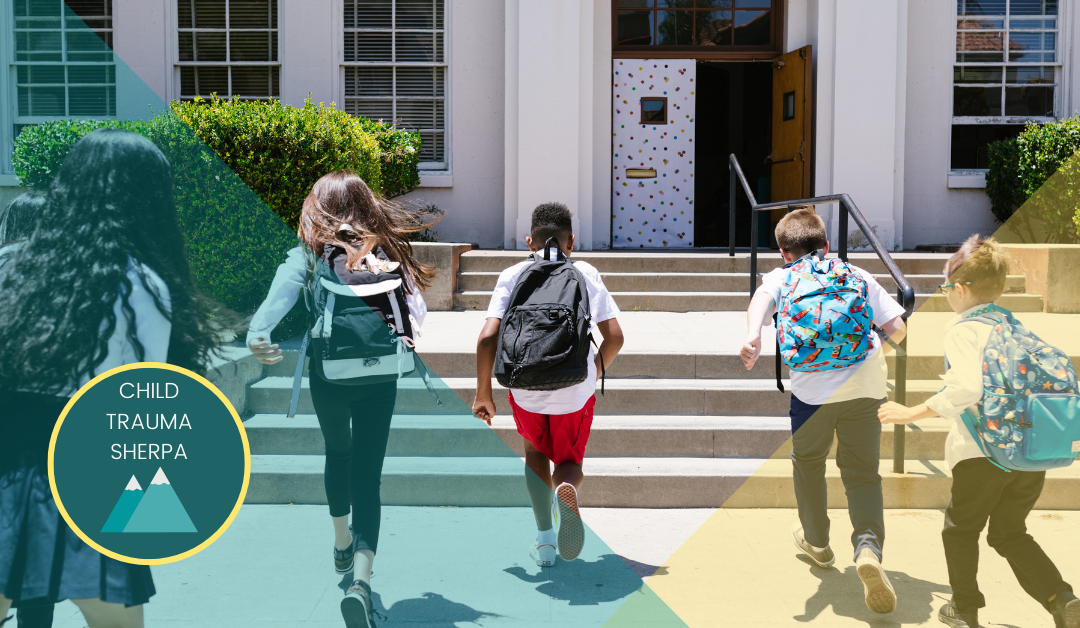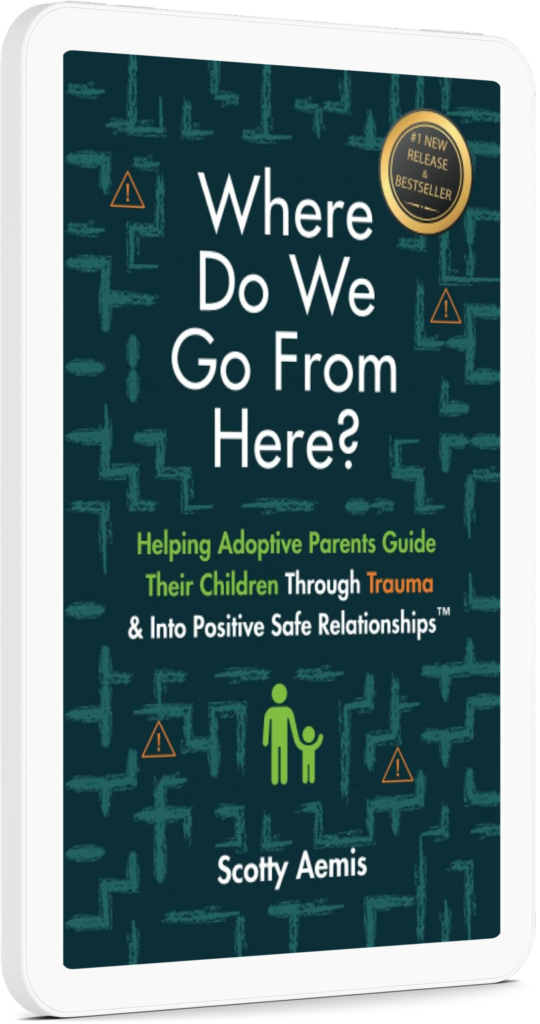6 Relational Tips to Ease Students Through Tough Transitions
Change can be hard, no matter our age or state of mind. That is one of the things that can make transitions so difficult.
Whether a student is navigating a new school or moving from one class to another, transitions can feel peculiar. For some, transitions can be so stressful that they mainly function from their brainstem. This means they are operating in fight or flight mode, which leads to increased heartbeat and other symptoms of stress. For others, transitions may not be as difficult. These individuals are still able to operate mainly from their cortexes, allowing them to be more confident during transitions.
For students who have experienced childhood trauma, transitions can be extremely difficult. New and uncomfortable situations can trigger fight or flight mode. However, there are some ways that you can help support students through transitions during the school day.
1 | Offer Your Support
The first step is to offer your support to your students. Offering support is a great way to build a foundation for your relationship with your students, which is key in helping students with trauma function at a higher level. If a student feels anxious, let them know that they can speak with you and that you can connect them with a school counselor if needed.
2 | Create a Space and Educate
Regulating tools can help ease students through tough transitions. These brain breaks are activities that can help our brains regulate, or reset. They can be group activities or individual activities. A calming corner is also a great place for students when they need to regulate themselves. But creating those activities or spaces isn’t enough. You also need to let your students know these activities and spaces are available to them for when some days feel harder to manage. In other words, educate your students about the activities and the calming corner and how they can utilize them.
Be sure to also check out our article on creating a trauma informed space in your classroom or school.
3 | Give Grace
Sometimes students may just need a moment to sit quietly. Give them grace by allowing them to sit in silence for a moment.
4 | Check In with Everyone
Remember that even the most confident students may need support at times. Also, you don’t want to constantly single out a few students who tend to struggle more often. Be sure to check in with all of your students to remind them that you care.
5 | Make Connections
Healthy relationships are extremely important, particularly when it comes to healing from trauma. All students want to know that you can relate to their experiences. Make personal connections with each of your students. These deeper connections with your students will help them feel safe and loved, which is the first step in allowing healing from childhood trauma to happen.
6 | Be Patient
Finally, and most importantly, be patient and available. Give grace when needed and have an open door policy. You may be surprised as to who stops by that needs support.
Key Takeaways
Transitions can be hard. But with support given to all of your students, you’ll find that no one gets left behind. You’ll also build deeper relationships with your students that help them feel safe and more confident. When students feel safe, they will be able to focus more on learning and the material that you are teaching.


